White Gold Vs. Yellow Gold: Which Costs More?
Ever found yourself standing in a jewelry store, eyes darting between two gorgeous rings? The brilliant white metal rests next to a yellow companion, offering a timeless appearance. The price tags show different numbers, and you cannot help but wonder, What gives?
The white gold vs yellow gold comparison confuses many potential buyers every time they make a purchase. The wrong selection can result in several hundred dollars of maintenance costs that accumulate over time.
Understanding White Gold and Yellow Gold
Let us get real about what makes these metals different before we talk about money.
What gives these popular metals their unique personalities? Here's the scoop:
- Material mix: Both contain actual gold but blend with different metals.
- Appearance factor: Yellow gold shows its natural color while white gold needs that special coating.
- Cultural preferences: Each metal has its own fan base depending on the region. New York jewelers report coastal cities preferring white gold while Midwestern buyers lean toward yellow gold traditions.
What is White Gold?

I was unprepared for this reality when I first discovered it: white gold has no inherent white hue! To make the base, jewelers combine pure gold with silver, palladium, nickel, and other white metals. To give it its characteristic silvery look, they next apply rhodium to the whole piece. As artisans deftly blend many distinct materials, it makes white & gold jewelry remarkably intricate.
Your typical white gold mix contains roughly 75% gold with 25% nickel or palladium. Some newer blends use zinc or copper with silver to create options that will not irritate sensitive skin.
A local jeweler once told me, "White gold is like a chameleon that needs help staying white; it is actually trying to show its yellow nature underneath!"
What is Yellow Gold?

Yellow gold is gold in its most natural form. No disguises here! To make pure gold stronger, jewelers combine it with copper and zinc.
Yellow gold typically contains gold mixed with copper and small amounts of silver. This combo preserves gold's natural color while making it strong enough for everyday wear.
Common Karat Levels: 10K, 14K, 18K
Karat measures how pure your gold is, and trust me, it affects both look and price big time.
What do those numbers on your jewelry really mean? Let me break it down:
- 10K gold: Contains 41.7% pure gold, the toughest option, but with less gold content. Great for everyday jewelry that takes a beating.
- 14K gold: Contains 58.3% pure gold, hits that sweet spot between durability and gold content. This is what I recommend to most of my friends.
- 18K gold: Contains 75% pure gold, gives you a richer color, but will not take as much abuse. Perfect for special occasion pieces.
- 24K gold: Contains 99.9% pure gold, rarely used in jewelry because it's too soft.
Gold with a greater karat is purer, but it also costs more. This applies whether you are looking at white vs yellow gold options.
Cost Comparison: White Gold Vs. Yellow Gold
What makes one type cost more than the other? The gap between yellow gold vs white gold prices might surprise you when you add up all the costs, not just the sticker price.
Ever wonder what creates that price difference? Here's what matters:
- Base gold costs: The price of pure gold is the same for both varieties. Ultimately, gold is gold!
- Production complexity: White gold needs extra steps to produce. A jewelry manufacturer in Chicago told me they charge 12% more just for the additional labor.
- Brand influence: Designer brands often charge more for white gold because it feels "modern."
- Regional demand: Prices vary based on what is popular in different regions.
The final price tag reflects all these factors combined, not just the metal itself.
| Cost Factor | White Gold | Yellow Gold |
|---|---|---|
| Base Gold Cost | Same as yellow gold | Same as white gold |
| Production Complexity | Requires extra labor and materials (e.g., rhodium plating); ~12% more costly | Simpler production process; no plating required |
| Brand Influence | Often priced higher by designer brands for its "modern" appeal | Typically seen as classic, less markup for trend |
| Regional Demand | Higher prices in areas where it's more fashionable | It may be more affordable in regions favoring traditional styles |
| Overall Cost Impact | Final price reflects added processing and trend-driven premiums | Price mainly reflects gold content and design |
Price Per Gram Comparison
At the same Karat level, white and yellow gold contain identical amounts of pure gold. Still, white gold vs yellow gold price differences show up on the tag.
White gold typically costs 10-15% more per gram than yellow gold of the same Karat. This difference comes from manufacturing processes and the metals mixed in.
Role of Alloy Metals and Rhodium Plating
The ultimate cost is greatly influenced by the metals that are combined with gold. Palladium and platinum alloys cost way more than copper or silver mixes. Rhodium plating adds $20-$100 to white gold's initial price.
Market Trends and Consumer Demand
People's preferences swing between white and yellow gold. Since 2020, yellow gold has made a comeback, narrowing the price gap that used to exist. Fashion trends directly impact jewelry pricing.
Maintenance Costs (Rhodium Re-Plating for White Gold)
White gold's upkeep creates real long-term cost differences. That rhodium coating wears away over time, revealing a slightly yellowish metal underneath. Re-plating costs run $40-$120 every 1-3 years, depending on wear patterns. When my sister's white gold engagement ring started looking dull after just one year, she was shocked by the maintenance costs.
Factors That Influence Pricing
So many things affect gold jewelry pricing beyond just the type of gold. Understanding these helps you shop smarter.
The sticker price of any gold piece reflects way more than just its materials:
- Manufacturing technology: Modern methods can slash labor costs significantly.
- Brand reputation: Luxury brands charge premium prices regardless of material costs. You're paying for that name!
- Distribution channel: Direct-to-consumer brands often offer better value than traditional jewelry stores.
- Seasonal timing: Holiday seasons often see price jumps across all jewelry types. February (Valentine's) and December are costly months to buy.
Purity (Karat) Level
Karat rating directly affects price; higher Karats mean premium prices. An 18K piece costs way more than a 14K piece of the same design. The price jump between Karat levels stays consistent for both white and yellow gold options. The gold content drives the base price regardless of color.
Design Complexity and Labor
Detailed designs need more skilled work, driving prices up dramatically. Labor costs vary by location but typically make up 15-30% of retail pricing for fine jewelry.
"A simple band takes me two hours," explains artisan jeweler Sofia Rodriguez. "But an intricate design with details might take three days of focused work. That time difference shows up in the final price."
Brand or Designer Markup
Designer brands mark up gold jewelry by 200-500% above material and production costs. This applies equally to white and yellow gold pieces. Brand prestige accounts for huge price differences between otherwise similar pieces. You are paying for the name, not just the materials.
I nearly fell off my chair when I compared a designer ring to a nearly identical piece from a non-branded jeweler. The designer version was triple the price for what looked like the same ring!
Country of Manufacture
Where it's made significantly impacts pricing. Italian and French gold pieces typically cost more than those made in India or China. Labor standards, craftsmanship traditions, and export rules all contribute to country-specific price variations.
Inflation and Precious Metal Market
Gold prices change daily based on global market conditions. These changes affect both white and yellow gold equally at their base level. Economic uncertainty impacts jewelry pricing across all categories.
Durability and Maintenance: Cost Over Time
When comparing the price of gold and white gold jewelry, think about longevity and maintenance requirements that affect total ownership costs.
The true cost of owning gold jewelry goes way beyond what you pay at the counter:
- Wear patterns: Different jewelry types show wear at different rates. Rings take more abuse than necklaces.
- Usage frequency: Daily wear items need more maintenance than occasional pieces. My everyday ring needs way more attention than my special occasion jewelry.
- Environmental exposure: Contact with chemicals and harsh conditions speeds up deterioration. Swimming pools are particularly rough on jewelry!
- Storage practices: Storing properly reduces maintenance needs significantly. Those little pouches they give you? Use them!
Scratches and Wear (White Gold Vs Yellow Gold)
Both gold types scratch at similar rates since hardness depends mostly on the Karat level. But scratches show up more on white gold as they expose the metal underneath.
Yellow gold develops a patina over time that many people like. White gold shows wear more obviously as the rhodium plating wears off.
My mother's 30-year-old yellow gold wedding band has this gorgeous, subtle patina that looks intentional. When I tried to achieve the same look with white gold, it just looked worn out.
Frequency and Cost of Rhodium Re-Coating
White gold needs rhodium replating every 1-5 years, depending on wear. This ongoing maintenance adds $40-$120 per treatment. Over ten years, maintenance costs for white gold can add 20-30% to what you originally paid. Yellow gold needs no similar maintenance.
Cleaning and Care Differences
Both gold types need regular cleaning, but white gold requires more careful attention to preserve its rhodium coating.
I learned you should never use toothpaste to clean white gold (a popular home remedy) because it can wear away the rhodium coating faster. With yellow gold? It's much more forgiving.
Which One Offers Better Value?
Value goes beyond price to include appearance over time, maintenance needs, and personal satisfaction.
Think about these factors when deciding which gold type gives you the best bang for your buck:
- Initial investment: Compare base costs at your preferred karat level. Do not just look at the price tag!
- Maintenance budget: Factor in recurring costs for white gold maintenance. This can add up over decades.
- Style compatibility: Consider how each metal works with your existing jewelry and wardrobe. Will it match what you already love?
- Resale potential: Check resale values in your local market. Some areas prefer one over the other.
A jewelry appraiser once told me, "The best value is not about the cheapest price, it is about what will make you happy every time you wear it."
Style and Skin Tone Compatibility
White gold complements cooler skin tones while yellow gold enhances warmer complexions. Wearing the metal that flatters you most increases personal value regardless of price.
Fashion versatility impacts perceived value. White gold versus yellow gold versatility depends entirely on your personal style and wardrobe colors.
Long Term Costs (Upkeep, Replacement)
Yellow gold provides better long-term value for budget-conscious buyers because of lower maintenance needs. The savings add up over decades of ownership.
For heirloom pieces, think about generational maintenance costs. Yellow gold passes down more easily with minimal care needed.
My grandmother's yellow gold pieces still look beautiful after 60 years with basic care. My aunt's white gold ring from just 15 years ago has already needed three replatings to maintain its appearance.
Resale and Sentimental Value
Yellow gold typically maintains slightly better resale value due to its consistent appearance over time. White gold pieces often need replating before resale.
Both metals hold comparable sentimental value, though vintage yellow gold pieces often look more authentic to their period than white gold alternatives.
White Gold or Yellow Gold: Which Should You Choose?
Your circumstances should guide your final decision between these metals. Both offer unique benefits depending on your needs.
Consider your lifestyle, skin tone, wardrobe, and budget when making this important choice:
- Occupation impact: Think about your work environment and how much you use your hands. Some jobs are harder on jewelry than others.
- Style preferences: Match your metal choice to your main wardrobe colors. This sounds small, but it makes a huge difference in wearability.
- Financial planning: Be honest about both purchase and maintenance budgets. Can you afford those regular replacements?
- Skin sensitivity: Consider metal allergies, especially to nickel in some white gold alloys. This can be a deal breaker for some people.
After helping my sister shop for her engagement ring, we realized her sensitive skin and active lifestyle made yellow gold the obvious choice, despite her initial preference for white!
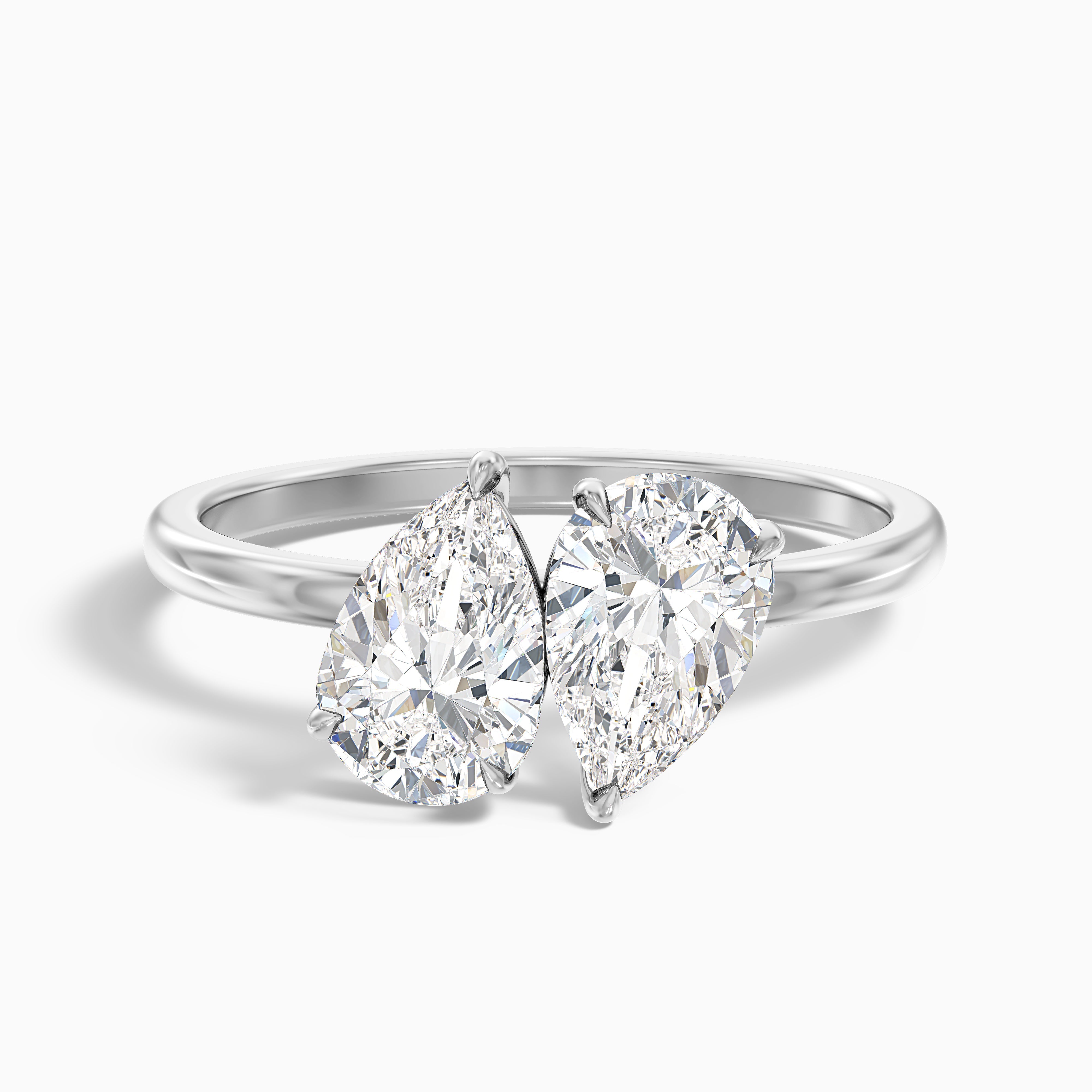 Customize Now
Customize Now
 Customize Now
Customize Now
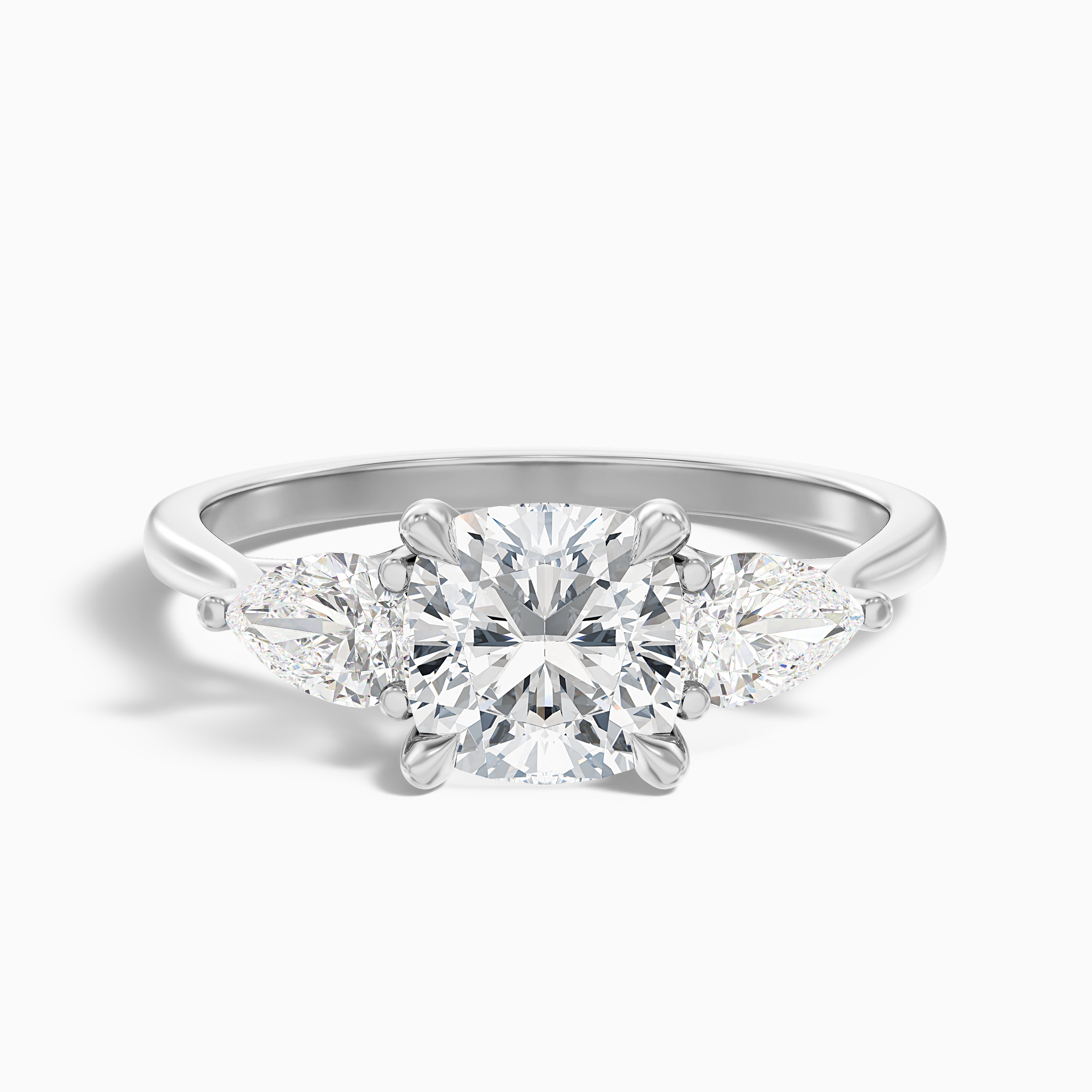 Customize Now
Customize Now
Who Suits White Gold Best?
White gold flatters people with cool skin undertones (blue veins, pink/red skin). It works well for professionals wanting a contemporary look.
People who already own platinum or silver jewelry find white gold blends seamlessly with their collection. This metal appeals to modern aesthetics and minimalist styles.
"White gold creates this sleek, clean canvas that lets gemstones pop," explains image consultant Leila Wang. "It is perfect for someone who wants their diamonds or colored stones to be the star of the show."
Who Suits Yellow Gold Best?
Yellow gold enhances warm skin tones (green veins, golden/olive skin). It appeals to those who appreciate traditional and vintage aesthetics.
People with active lifestyles often prefer yellow gold for its maintenance-free nature. This classic choice works particularly well for heritage or heirloom pieces.
When my cousin, who works with her hands all day, chose her wedding band, the jeweler steered her toward yellow gold specifically because it would not show wear as quickly as white gold would in her situation.
Engagement/Wedding Ring Trends
White gold dominated engagement ring trends from 2000-2018. Recent years show a strong comeback of yellow gold in bridal jewelry.
Mixed metal settings (yellow gold bands with white gold prongs) offer a popular compromise. This trend provides versatility with other jewelry pieces.
Tips Based on Lifestyle and Budget
Your daily activities and budget should influence your gold choice. Let us look at specific lifestyle factors.
Active Lifestyles
Yellow gold proves more practical for highly active people. With no plating, there are no chipping or peeling concerns during sports or outdoor activities.
For gym enthusiasts, yellow gold stands up better to chlorine and cleaning chemicals than white gold's rhodium coating.
My friend who teaches swimming lessons learned this lesson the hard way; her white gold ring needed replacing twice in her first year of wearing it poolside. She switched to yellow gold and hasn't had an issue since.
Work Environment
Think about job hazards to your jewelry. Medical professionals, chefs, and mechanics should consider yellow gold's maintenance-free nature. Office workers generally find white gold's professional appearance works well in corporate settings.
Everyday Wear
For daily wear pieces like wedding bands, add up the lifetime maintenance costs of white gold. White gold complements jewelry made for special occasions and occasional use. The maintenance schedule stays manageable for jewelry you don't wear every day.
Resale Value
Yellow gold typically holds slightly higher resale percentages. Its classic appeal and lower maintenance requirements attract second-hand buyers.
The Pitfalls of Following Trends
Trend-based purchases often lead to disappointment as styles change. Choose based on what you like rather than current fashion.
Yellow gold keeps steady demand throughout fashion cycles.
Conclusion
The choice between white gold and yellow gold depends on your personal preferences between their different characteristics. White gold creates a contemporary, bright appearance, though it requires regular maintenance. Yellow gold combines traditional warmth with a minimal maintenance requirement.
Consider both one-time and upkeep expenses when price becomes your main priority. White gold requires a larger initial investment, followed by substantial ongoing expenses. Yellow gold provides excellent value for simple daily activities such as sport, together with everyday uses.
When making your selection, choose the metal that harmonizes with your happiness as well as your lifestyle needs. Design your choice by selecting among materials that fulfil your tastes with practical features within your budget.

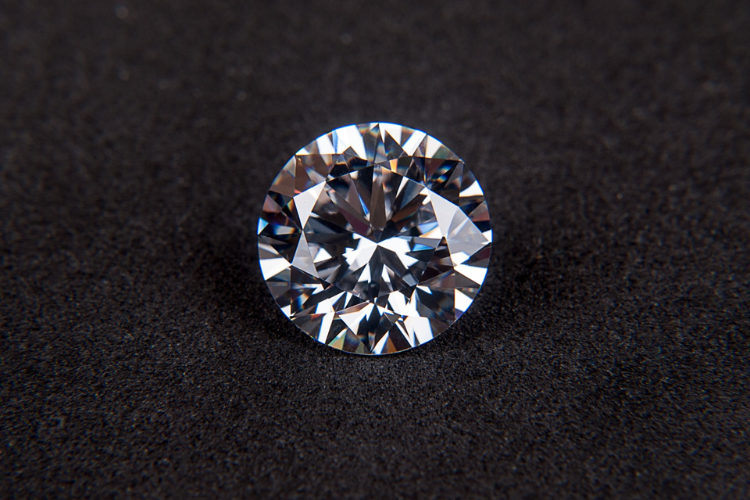
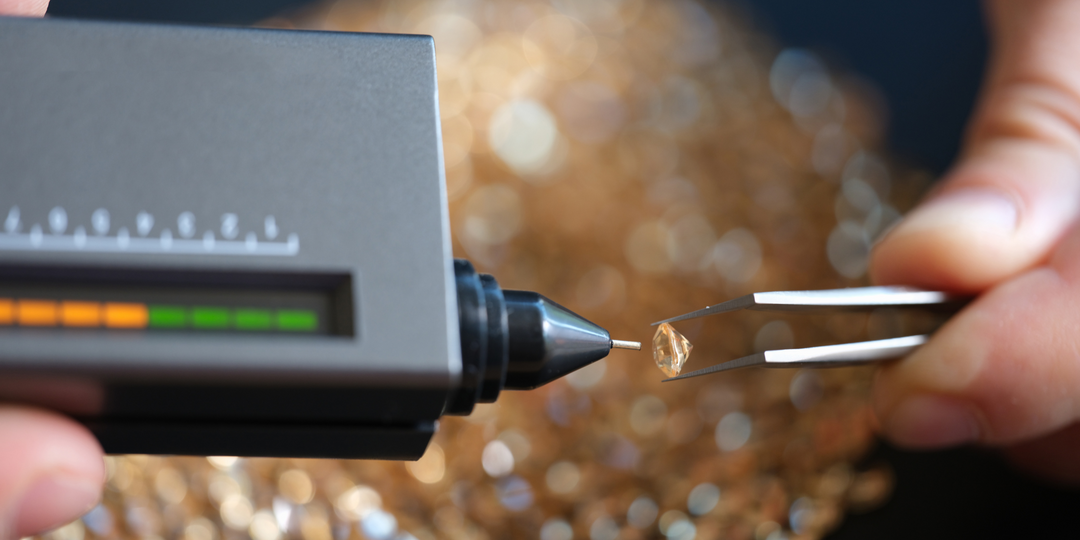
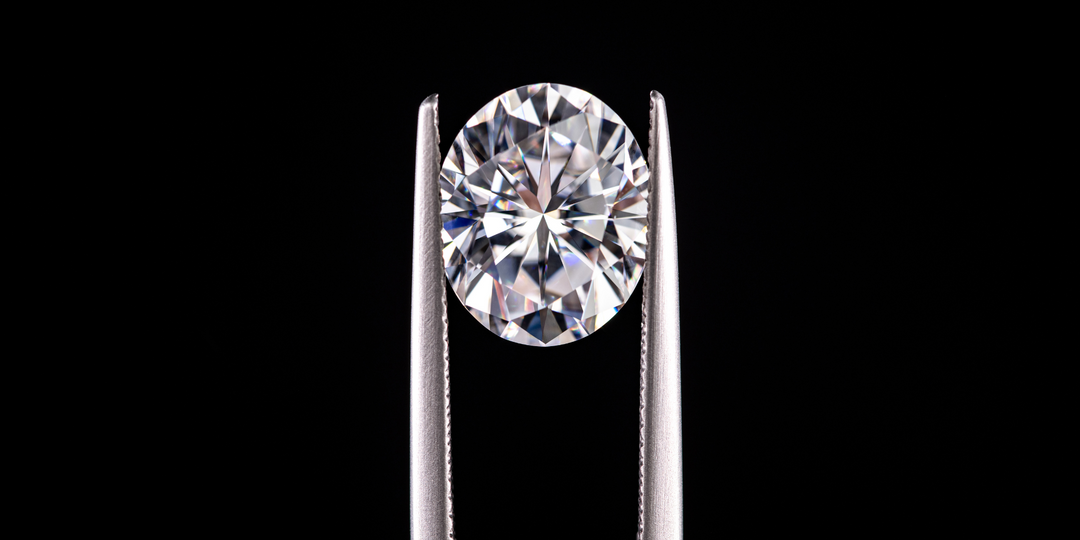

Leave a comment